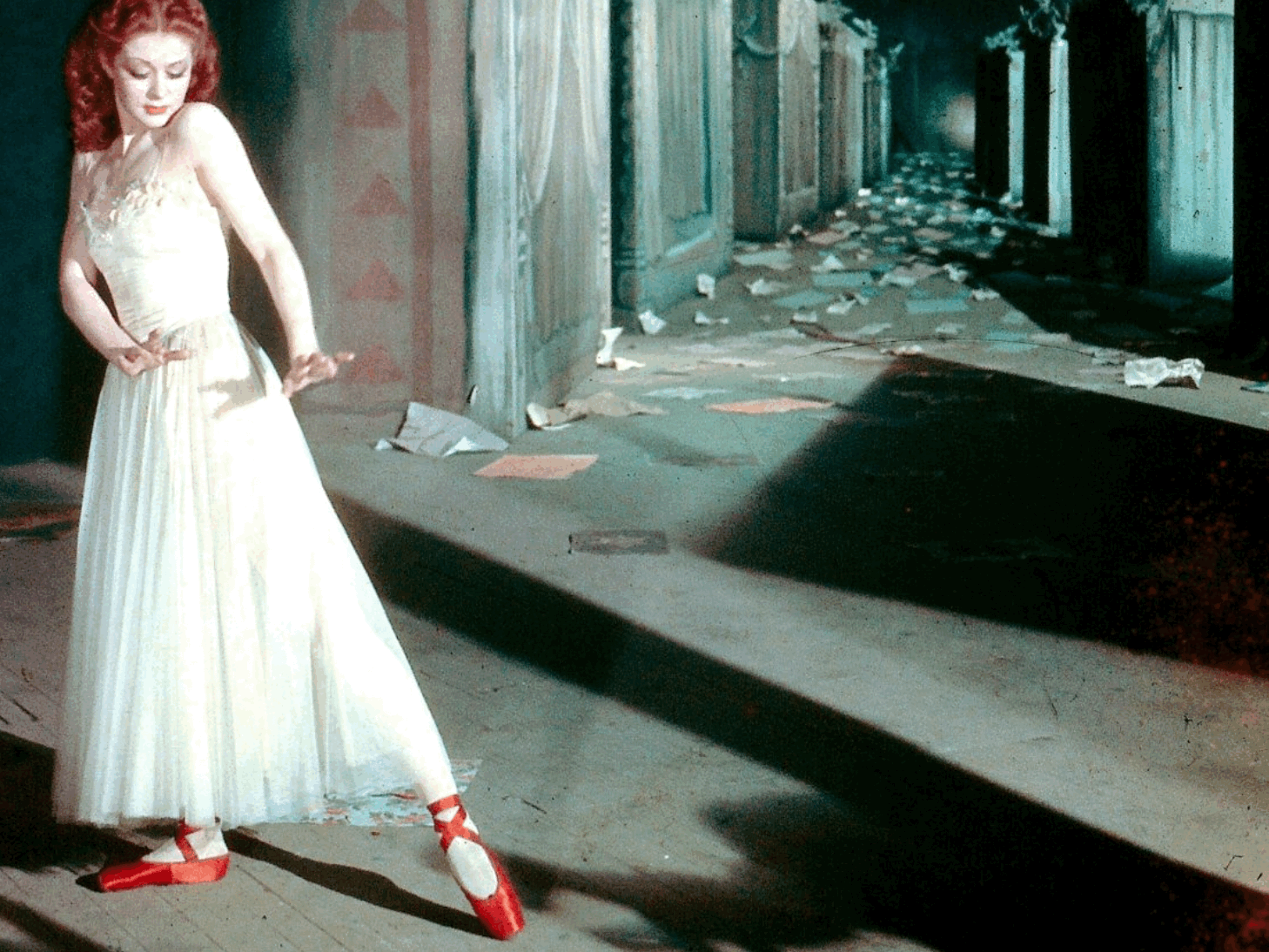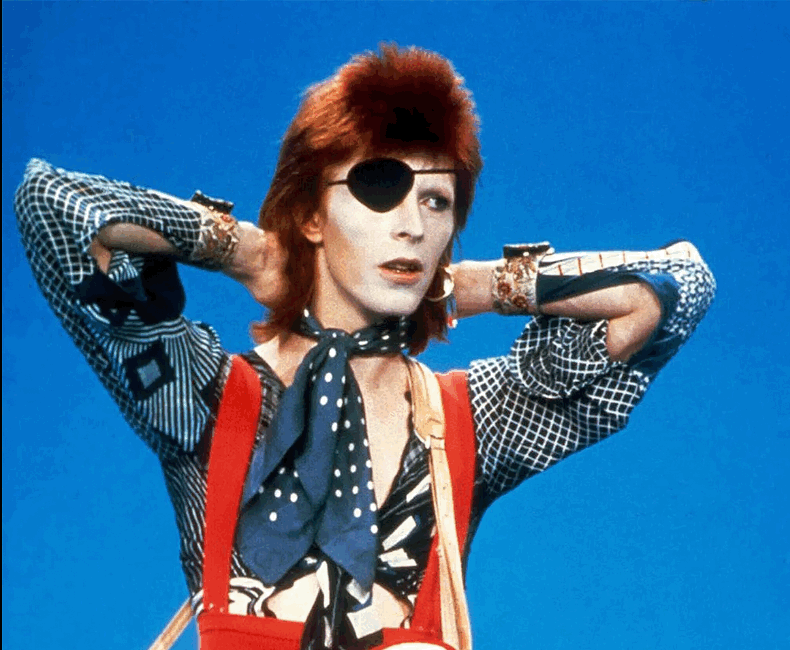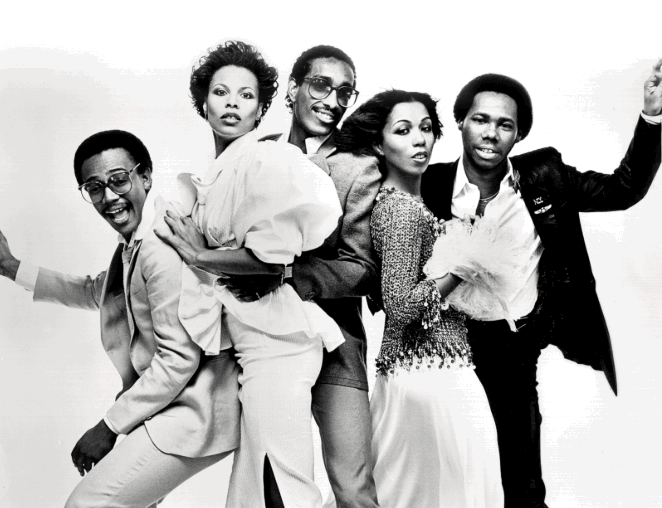Let’s Dance: Jupiter Square Saturn (Second Pass, 12/24/24)
Jupiter Square Saturn: Let’s Dance to the Rhythm of Change
Exacting for the second time on December 24, 2024, the Jupiter-Saturn square requires us to dance between two seemingly opposing energies: Jupiter's boundless optimism and Saturn's wisdom through boundaries and discipline. This tension between expansion and structure plays out in the stars and our personal lives. Because of the retrogrades and speed of the two planets, the initial square between our two largest planets in the solar system occurs three times. 2024, Aug 19, 2024, Dec 24, 2024 and Jun 15, 2025.
Jupiter Square Saturn: A Dance Between Desire and Discipline
The Jupiter-Saturn square challenges us to navigate the tension between expansion and restriction, optimism and realism. The square symbolizes a clash between the urge to grow and explore versus the necessity to slow down, take stock, and face our limitations. We are going to go on a journey to explore this dynamic starting with David Bowie’s song “Let’s Dance”
On the surface, “Let’s Dance” beckons us to dance with joy, to lose ourselves in movement and connection. But as we dive deeper, we uncover a deeper undercurrent—the tension between outer exuberance and inner melancholy.
David Bowie: A New Chapter in the Dance of Life
In the early 1980s, David Bowie wanted to try something entirely different. For years, he had been at the cutting edge of avant-garde music, creating groundbreaking works like the Berlin Trilogy—a series of albums that explored the complex terrain of electronic music, ambient sound, and existential themes. But as 1983 began, Bowie felt a creative shift coming on. He was ready for change, and what better way to shake things up than to head in a new direction entirely?
On vacation in the South Pacific, Bowie found himself listening to a new genre of music that would forge the path for his next album. R&B, blues, and the smooth grooves of artists like James Brown and Albert King captivated him. In a moment of introspection, Bowie mused, "I asked myself, 'Why have I chosen this music?'" He found it was "very non-uptight music, and it comes from a sense of pleasure and happiness. There is enthusiasm and optimism on those recordings."
This newfound love for the soulful and infectious rhythms of R&B was a world away from the somber, experimental sound of his Berlin Trilogy. Bowie wasn’t just about making music anymore; he was ready to move and dance, and he wanted the music to reflect that—a sense of joy and freedom, something unencumbered by the intellectual weight of his past works.
This led him to Nile Rodgers, a legend of Chic who had defined the disco-funk sound of the late ‘70s. They met in a New York nightclub, and Rodgers immediately recognized that this was an opportunity to work with an artist who was willing to break free from the past.
Bowie shared a demo of a song he had written, a folky number that would eventually become Let's Dance. Rodgers, however, was not impressed. "I come from dance music," he later said. "You can’t call that thing you just played 'Let’s Dance.'"
Rodgers had no intention of crafting another ethereal, avant-garde track. Instead, he wanted something bold and accessible—a statement for the masses. With his guidance, they took the song, and bigger drums, bigger vocals, bigger chords, and even a touch of delay were added to make it feel larger than life. As Rodgers recalls, “I always started my songs with the chorus: 'Ahhh, freak out!' and 'We are family!' and then, of course, there's 'Let's Dance.'”
For Bowie, this was a revelation—a new way to create music, one where joy and abandon could coexist with the serious craft of composition. As he later reflected, "I really wanted that same positive optimistic rock 'n' roll, big-band sound that was very impressionistic for me back when. It’s got a hard cut – it sears through."
Side note - songs that Rogers produced, co-wrote, and or played on:
"Le Freak" – Chic (Co-written by Nile Rodgers and Bernard Edwards)
"Good Times" – Chic (Co-written by Nile Rodgers and Bernard Edwards)
"We Are Family" – Sister Sledge (Co-written by Nile Rodgers and Bernard Edwards)
"I’m Coming Out" – Diana Ross (Co-written by Nile Rodgers and Bernard Edwards)
"The Reflex" – Duran Duran (Co-written by Nile Rodgers and Duran Duran)
"Let’s Go" – The Cars (Co-written by Nile Rodgers)
"Private Dancer" – Tina Turner (Co-written by Nile Rodgers, Terry Britten, and Graham Lyle)
"The Right Stuff" – New Kids on the Block (Co-written by Nile Rodgers
The Tension of Jupiter-Saturn Square: Optimism Meets Reality (April - August 2024)
As we experience the Jupiter-Saturn square in 2024, the dynamics between expansion (Jupiter) and limitation (Saturn) come into play, much like what Bowie faced during the making of Let’s Dance. Jupiter, the planet of optimism, growth, and excess, pulls toward freedom and excitement, urging us to celebrate and take risks. Meanwhile, Saturn presents a reality check, asking us to acknowledge our limitations and put in the work to back up our dreams.
For Bowie, Let’s Dance wasn’t just about making popular music; it was a balancing act between his desire to expand and reach a larger audience and the discipline of staying true to his craft. But once the song was made, there was no turning back. “I tried passionately hard in the first part of the '80s to fit in, and I had my first overground success," he later admitted. "I was suddenly no longer 'the world’s biggest cult artist' in popular music." The overwhelming success of Let’s Dance was both a triumph and a trap. It put Bowie in a place where the world saw him as an icon of pop music, but that very mainstream success made it hard for people to see him as anything more than the figure in the suit who sang “Let’s Dance.”
***(Let's dance) Put on your red shoes and dance the blues
(Let's dance) to the song they're playing on the radio
(Let's sway) while colour lights up your face
(Let's sway) sway through the crowd to an empty space
This is a reference to the 1948 film based on a Hans Christian Anderson fairy tale, - the red shoes
In both the Red Shoes fairy tale and the 1948 film, the red shoes symbolize the dangerous pull of obsession and unchecked ambition. In the fairy tale, a young girl becomes fixated on a pair of magical shoes that make her dance uncontrollably, and she ends up dancing to her death, unable to escape the curse.
In the film, Vicky Page, a ballerina, struggles between her love for dance and her romantic life. She gets so consumed by her career and ambitions that it eventually leads her to a tragic end, much like the girl in the fairy tale. Both stories show how excessive optimistic pursuit over beauty, fame, or success can bring challenges, leading to self-destruction if we lose sight of balance.
The red shoes represent something exciting and desirable—it’s like the pull of Jupiter, which is all about growth, optimism, and seeking bigger and better things. The shoes seem like they’ll bring the girl and Vicky everything they want, just like how Jupiter makes us feel like anything is possible when we follow our dreams. But, much like the Jupiter-Saturn square, things go wrong when we get too caught up in the excitement without considering the consequences or put reality blinders on.
Saturn is the reality check.
Once the characters in the Red Shoes recklessly give in to their dream desires, Saturn steps in and forces them to face the harsh consequences. The red shoes, which once symbolized beauty and freedom, turn into a curse, pushing them to dance uncontrollably until they face disaster. A Jupiter-Saturn square forces us to confront what happens when we don’t respect the limits and discipline that Saturn brings to the table. Saturn's energy in Pisces, in particular, is about making sure we stay grounded, even as we dream big. It’s about saying, “Dream big, but don’t forget the hard work and the reality of the situation.”
The real takeaway here is that if you can balance your dreams with some realistic planning, you can avoid the downfall. It’s about learning to “dance” with ambition but knowing when to pause, take a breath, and re-evaluate the plan so you don’t burn out or go off course.
Let’s Dance: The Metaphor of Movement and Melancholy
Ultimately, “Let’s Dance” is a metaphor for resilience in the face of inner conflict. It speaks to the necessity of moving forward—even when the emotions might not fully match our steps. Bowie’s call to dance through the night is not just about revelry; it’s about continuing to move despite the shadows that may follow us. It’s important to acknowledge that there will be moments of darkness or friction where we feel as though we are dancing against our will, or putting on the red shoes of joy and dancing the blues. The dance may not always be easy, but the Saturn part of this duo can help us find a way to keep moving while remaining grounded—a balance of expansion and limitation, dream and reality, optimism and melancholy.
Stevie Ray Vaughan: The Guitarist Who Could Dance the Blues (April - August 2024) side note
One of the most unexpected collaborations on Let’s Dance came from a then-unknown guitarist named Stevie Ray Vaughan. Bowie had seen Vaughan perform at the Montreux Jazz Festival and was immediately struck by the guitarist’s raw energy. Bowie felt that Vaughan could “become a midwife” to a new sound that combined the bluesy grit of American music with the European sensibility that Bowie had cultivated over the years.
Vaughan, who had previously worked as a delivery guy, soon found himself playing on one of the most famous albums of the decade. His blues-infused guitar helped shape the sound of Let’s Dance. While Rodgers and Bowie were making everything bigger, Vaughan added the bluesy soul that grounded the track, helping to marry the surface optimism and exuberance of the song with the emotional depth of the blues.
The collaboration between Bowie and Vaughan is kind of like the Jupiter-Saturn square in action. Jupiter's all about pushing boundaries and going big, while Vaughan’s soulful, earthy style brings things back down to earth. Together, they let Bowie move forward with that same sense of growth and excitement, but without losing the emotional depth and grounding that made his earlier work so special.
The Personal Struggle: The Price of Success (1983 - 1984)
Despite the success of Let’s Dance, Bowie soon found himself trapped by the very success he had worked for. The Jupiter-Saturn tension wasn’t just external—it was deeply personal. “I’ve listened to him talk about it, and it really was uncomfortable for him," Rodgers explained. "Because it put him in a world that even he had never experienced before.” The immense popularity of Let’s Dance put Bowie in the spotlight, taking him far away from the artistic freedom he once enjoyed.
"I had started appealing to people who bought Phil Collins albums," Bowie admitted, reflecting on how his foray into mainstream pop made him feel like he had boxed himself in creatively. Saturn's influence of restriction manifested in how difficult it became for him to escape the image of the Let's Dance artist. Despite expanding his popularity, it became harder for him to maintain his avant-garde edge, and he became frustrated.
"‘Let's Dance’ was such a big hit, it threw him and he lost his center."
Side note - his next album was his nadir or lowest point, and After Let’s Dance (1983), David Bowie released Tonight in 1984. This album followed the commercial success of Let’s Dance, but it didn’t have the same impact. Tonight featured a mix of pop, reggae, and dance music, and while it included some collaborations with Tina Turner and Iggy Pop, it didn't match the energy or success of Let’s Dance.
His next move was to become the Goblin King in Labyrinth in 1986, so that was more about fantasy and acting, showing a different side of Bowie’s creativity. So, while the two aren’t directly linked musically, they’re part of the same period where Bowie was exploring different artistic expressions.
The classic tale of be careful what you wish for, or you may get it. Bowie had to figure out how to embrace his success while staying true to his essence. Put on the red shoes and dance the blues…but also take off the red shoes and give those tired toes a break.
Overall, this is a potentially tense period, but the tension brings visions of how to move forward in a more healthy and balanced way.




